
Are you thinking about using math centers in your classroom, but not sure where to start? Have you tried using math centers, but got discouraged by lack of time, student behavior or prepping materials? I have been there! And so I am excited to share tons of tips, ideas, freebies and resources that are going to make your math center time super successful! So let’s start from the beginning. It’s a very good place to start. ? (Fess up. Who is singing Do Re Me now?)
Why should I use math centers?
Are math centers totally new to you? Are you still wondering if they are a good use of time and effort? Math centers and guided math groups were the heart and soul of my math instruction. I can’t imagine teaching without them! Often, I hear teachers say that they don’t have time for math centers. I honestly feel that, if you are doing centers correctly, you don’t have the time NOT to do centers. Math centers are NOT just fun and games. They are not just a way to busy your kids. Click HERE to read more about the five reasons that math centers are a must.
What math center activities do you use?
I get asked this question ALL THE TIME! And it’s a great question! Choosing the right activities is key to running successful math centers. Center rotations should NOT just be fun and games to keep students busy while you meet with small groups. They should be a meaningful use of their time! I see so many teachers who make math center activities complicated and time consuming to prepare. You don’t need to have six different activities! That is just six different things that you have to make/buy, print, prep and keep track of. You don’t need that craziness! I have four different centers and only two require any prep at all.
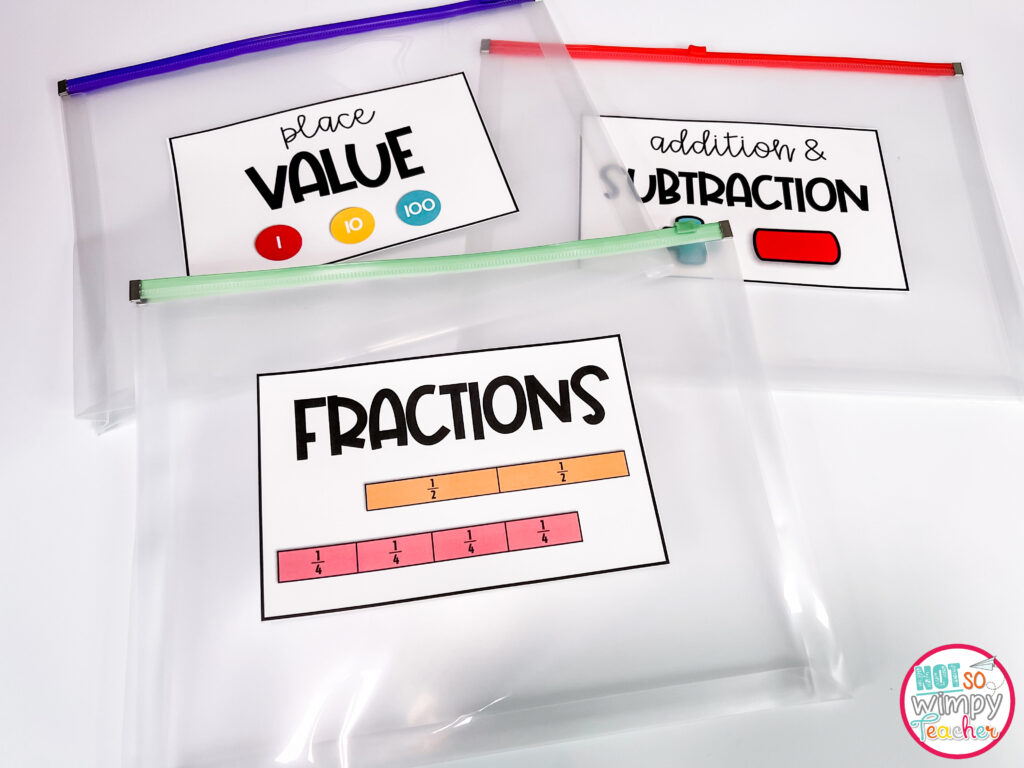
You don’t need to change the center activities every week. Again, that is a ton of work for you. It also takes up valuable class time because you have to explain the new activities every Monday. Use activities that can stay the same all year!
I have created a fact fluency program that is perfect for the Math Facts centers. It provides a year’s worth of mixed-fact practice. You can grab the Addition and Subtraction program, Multiplication and Division program, or a bundle of all four operations.
Click HERE to read more about the four centers that my students did every week.
Shop This Post
How did you make time to meet with all of your groups?
This is another fantastic question! First of all, centers are so important that I MADE TIME for them. That means that I didn”t have lots of time for brain breaks, transitions, morning work, class meetings, etc. It’s not that those things aren’t good, it’s just that math center time is so much more important. I had to prioritize my limited class time. By stealing minutes from all of the “extras” during the day, I was able to come up with a 90 minute math block. I know that everyone can’t do this- but I encourage you to try!
If there is absolutely no way that you can get more than 60 minutes, just make the most of it!
You probably noticed that I only have two center rotations each day. I found this to be the best use of my limited time. It kept us from wasting time with extra transitions, clean-up, etc.
Click HERE if you want to read more about how I managed my four groups while only meeting with two per day. You can also grab the math center labels, to keep your centers organized (and looking pretty snazzy).
Want to organize all of your math centers in a snap? Check out my FREE Complete Guide to Organizing Your Math Centers and Math Manipulatives. My guide will help keep your math centers and math units organized, and it comes with FREE labels for all of your math centers materials. The guide includes colorful labels for your math manipulatives and three different-sized options of labels for your math centers storage containers.
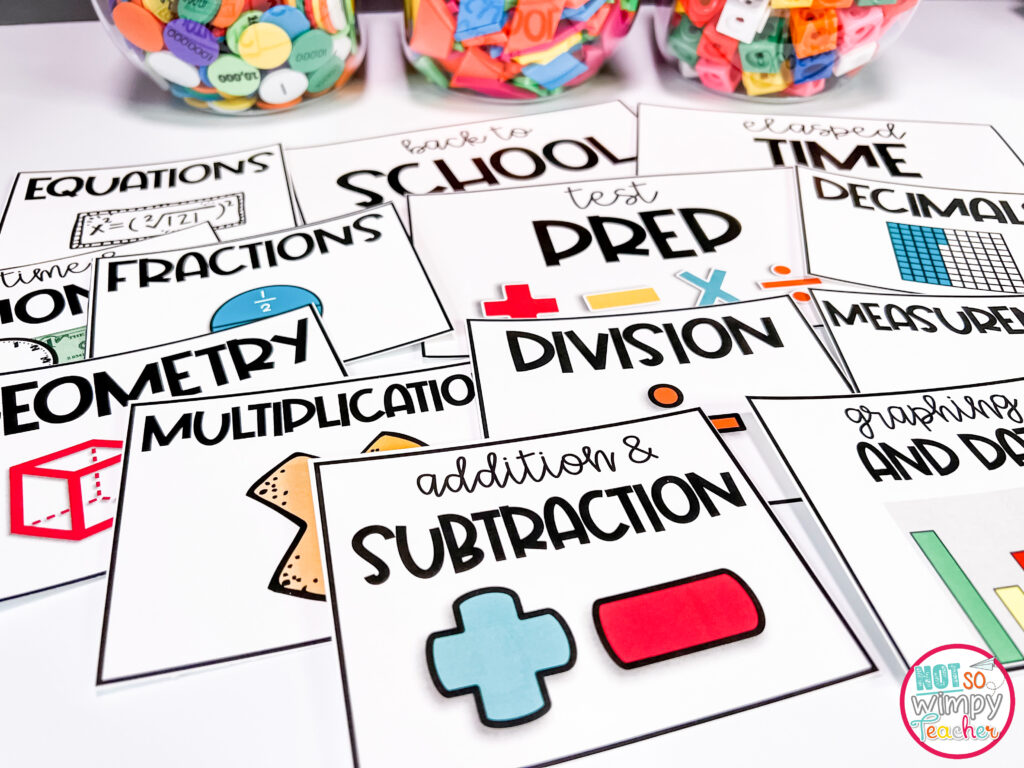
How do you use math centers with your existing curriculum?
Most teachers have a math curriculum they have to use, and that’s no problem. Use the curriculum for your whole group lesson, but keep that lesson mini. You don’t have to do every problem during your whole group lesson. All you have to do is introduce the skill. You will have more time to review new skills during the Meet the Teacher center. You can use your curriculum again in small groups to give students more practice.
While you are meeting with a small group of students, the rest of the class can be working independently on one of the other centers. This allows you to differentiate your curriculum and meet the needs of all you learners.
Read more about how to use math centers with your existing curriculum.
How do you start math centers at the beginning of the year?
The most important tip that I have for you is DON’T RUSH! Take your time teaching and practicing these routines. I broke it down into eight days of teaching the routines, but your class might need 10 or 12 days. Spend the time now so that centers run like a well-oiled machine for the rest of the year. I promise that it will be worth the time!
I’ve created a handy guide to make getting started with math centers easy for you. This Starting Math Centers resource is designed for grades 2-5. It contains 8 days of lesson plans, two small group activities, student and teacher anchor charts, and more.
What do you do when your students struggle with math centers?
Do you have students who don’t complete any of the center work? Or students who talk and waste their time? Do you have students who don’t take care of the materials? We have all been there! Don’t quit! A little more training and you can get the center time back on track.
Click HERE to read some suggestions for the most common struggles.
How do you organize your math materials?
Keeping your centers organized is important! Students can’t be successful if they can’t easily access the materials that they need. I have tried lots of different systems for organizing my math centers. Check out our blog for ideas on how to organize your math center materials or click HERE to download my FREE Complete Guide to Organizing Your Math Centers and Manipulatives.
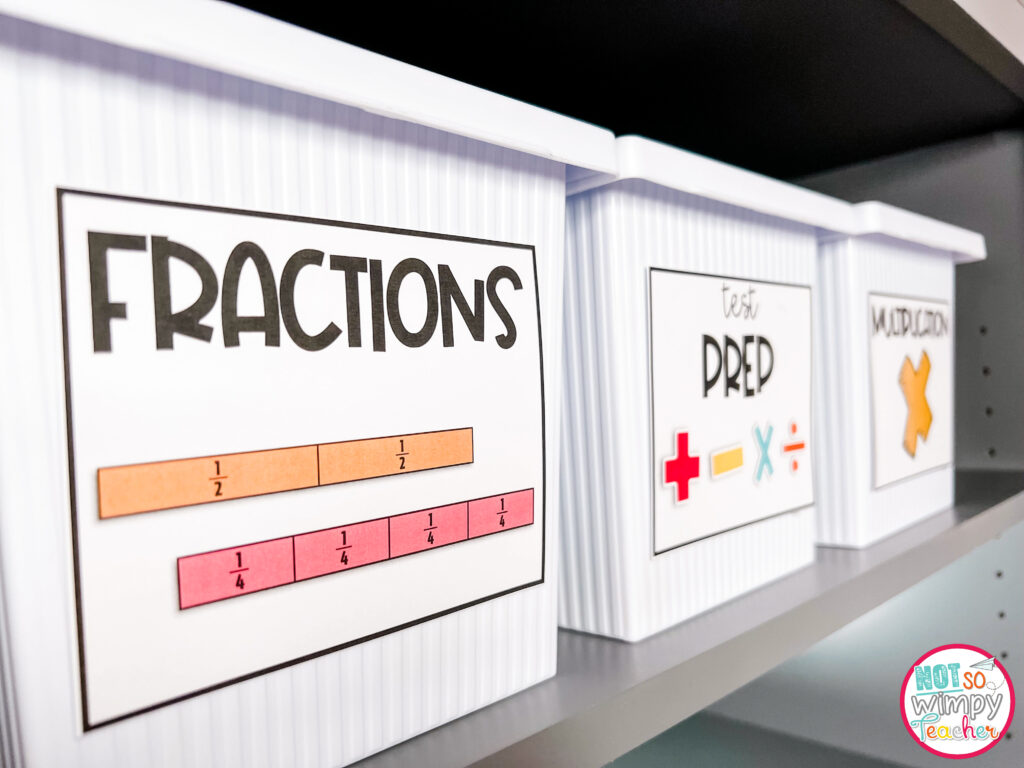
Do you want to check out my math centers?
Click your grade level to learn more about what skills and activities are included in the center bundle.
Shop This Post
Done-for-you Math Lessons and More
My math bundles for second, third, fourth, and fifth grade have everything you need to supplement the math centers.
Teachers and students love these easy to implement, effective, and engaging math lessons. The curriculum includes done for you PowerPoint mini lessons, teacher table activities, extension and intervention activities, vocabulary cards, task cards, anchor charts, assessments, games, and more!
Shop This Post
Work with Me!
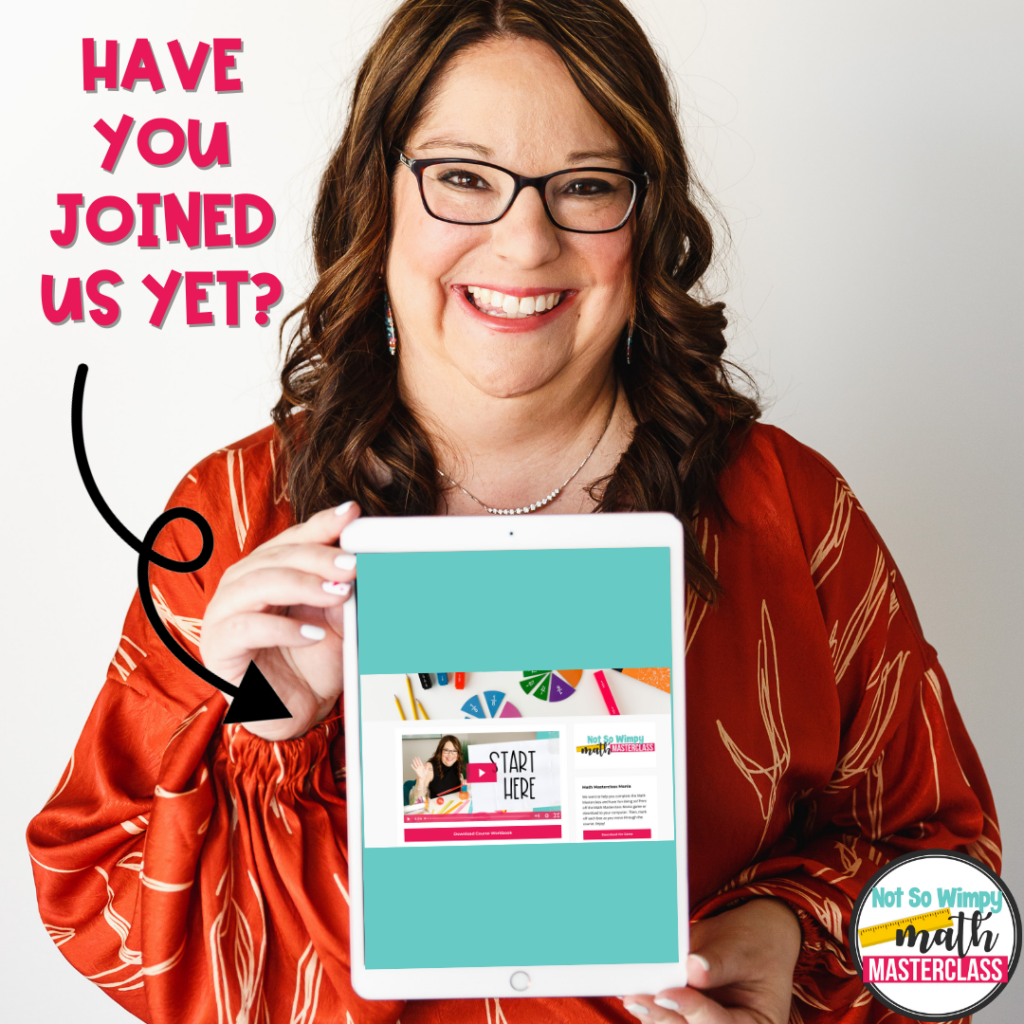
The Not So Wimpy Math Masterclass is a professional development course for teachers in grades 2-5 who want to make their math class awesome 😍! And it’s open for enrollment NOW!
You’ll learn how to fit an engaging, chaos-free math workshop in a 60-minute math block that will help your students deepen their skills, confidence, and conceptual understanding of math.
The Not So Wimpy Math Process will show you exactly how to:
- Add centers to your math block that are simple and manageable for you AND wildly effective for your students
- Divide your students into small groups AND provide intervention and enrichment to meet ALL your students’ academic needs
- Subtract ALL the chaos and confusion AND confidently fit everything into your 60-minute math block, and
- Multiply your students’ skills, talents, confidence, and love of math to the power of 100!!
to create a classroom full of confident, thriving mathematicians.
And it works with any curriculum.
If you are ready to build a better math block and make your math class awesome, sign up today!

I hope that these tips and freebies help you to get started with math centers!
Have a Not So Wimpy Day,


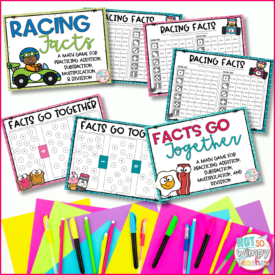
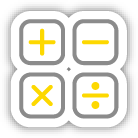
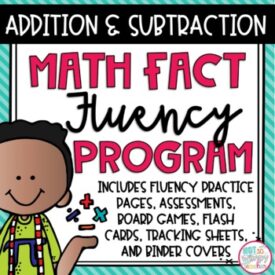
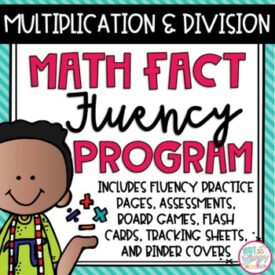
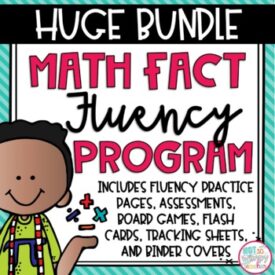


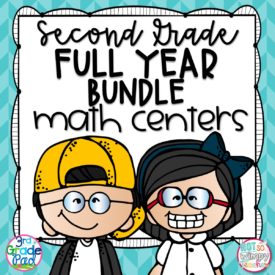
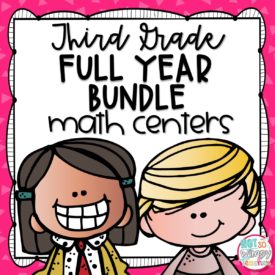
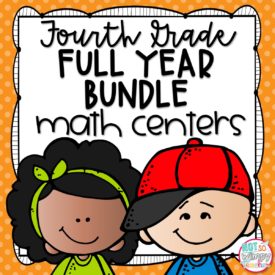
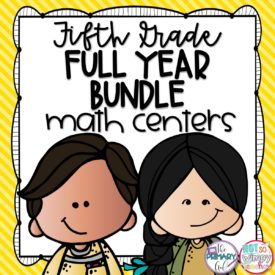
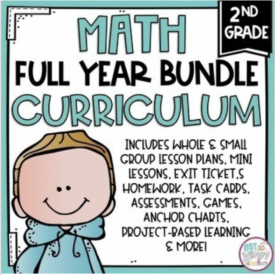
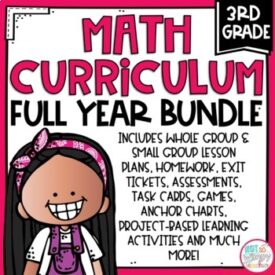
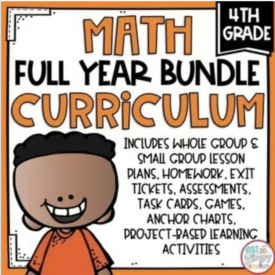
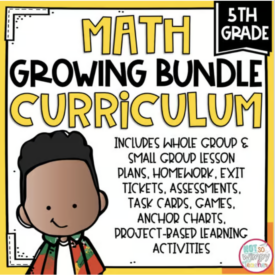
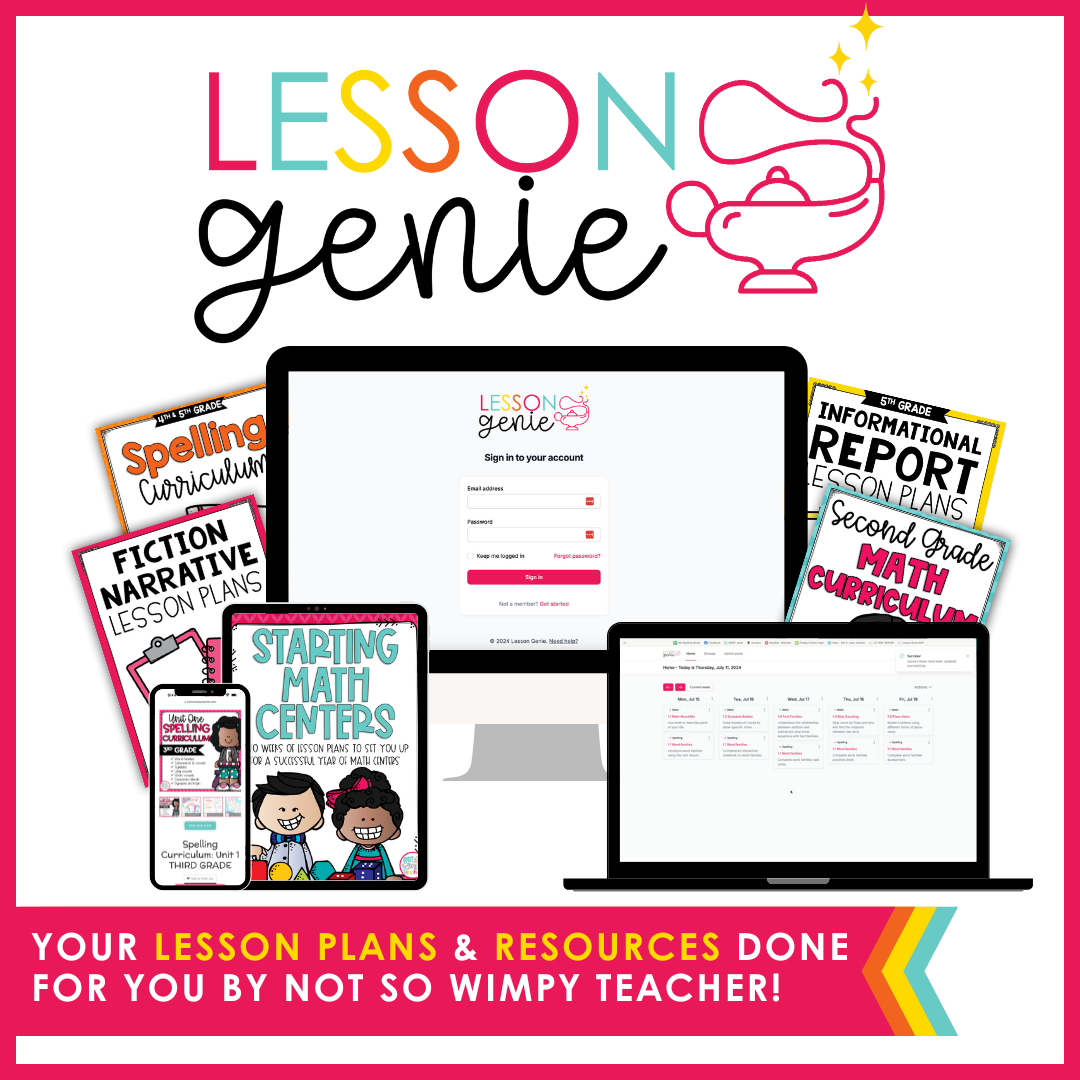
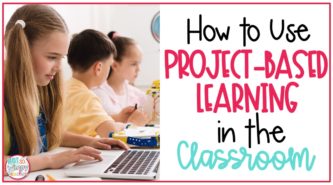
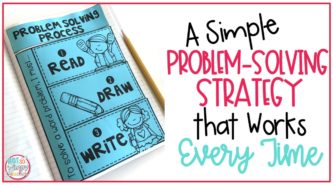
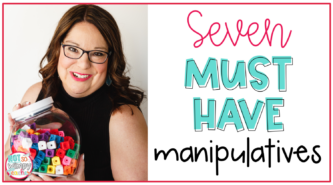
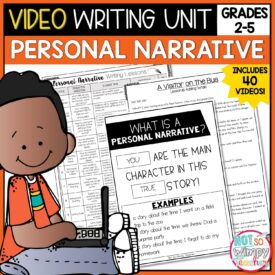

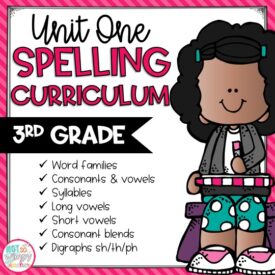
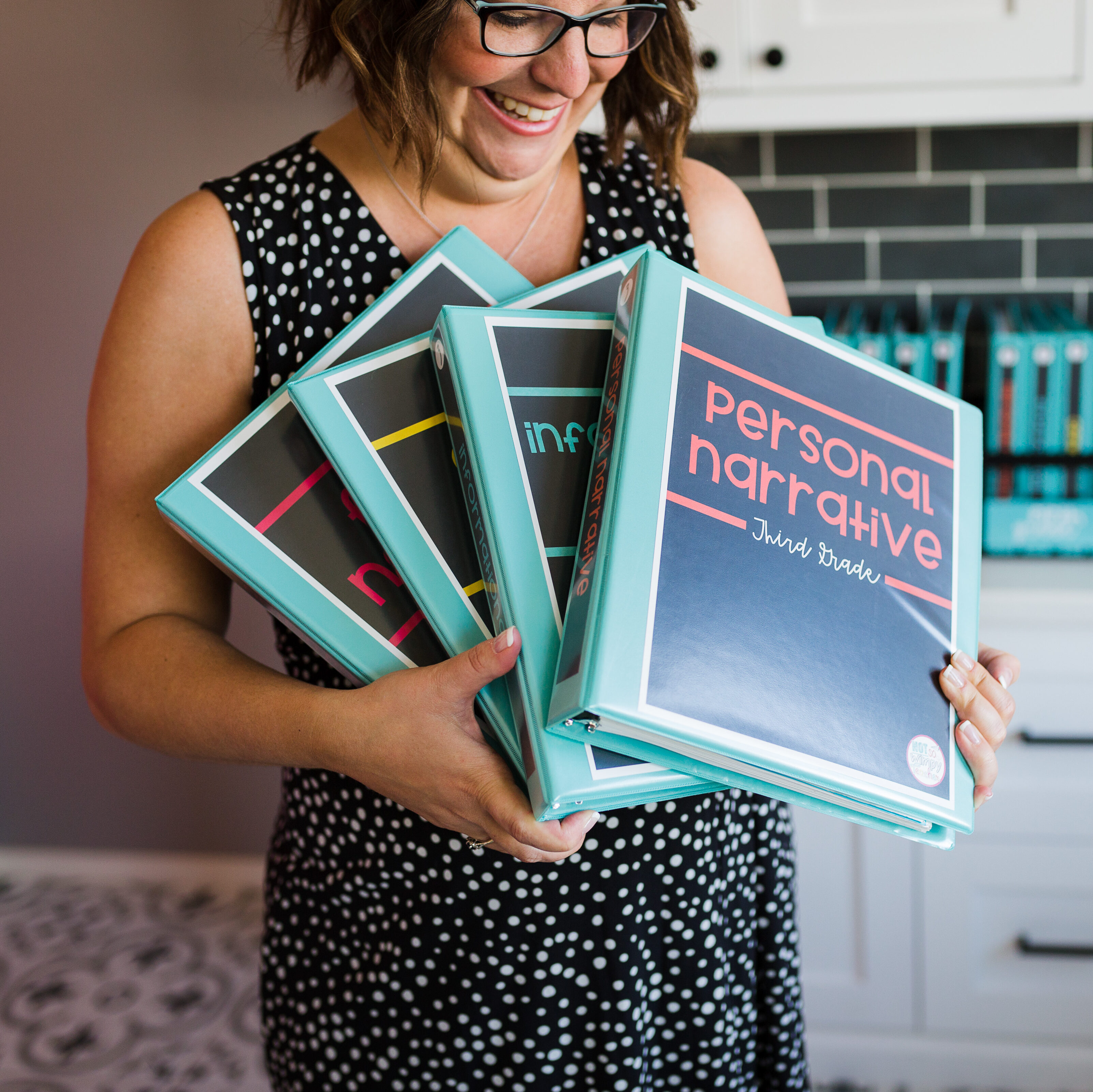

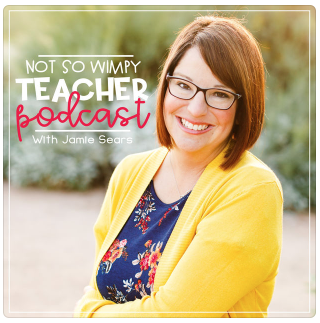




 End of Year Carnival Week for grades 2-5!
End of Year Carnival Week for grades 2-5!
Thank you so much! I am struggling to teach a 3/4 combo grade and there are so many modules! I realize that centers are the only way to go at this point, so I appreciate using your organized centers and your thoughts on organization.
I have a question. How do you go about teaching all of the different activities for the independent center. I know they follow about the same format, but as I look at the previews the activities are different for each concept. That’s a lot to teach and for them to remember for each month.
I coteach with another retired teacher and she doesn’t want to have math centers on her days. I am there Monday, Tuesday, and alternate Wednesdays. Any ideas for a schedule for me?
It’s really important for coteachers to work out a schedule that flows well for the students. You will need to get creative with your situation. If you are flexible with what you can teach on what days, perhaps you can split subjects. I’ve included a YouTube video from my math center series where I show you some schedules. Maybe one of the schedules suggested in the video is a good starting place for you to create your own schedule for centers. https://www.youtube.com/watch?v=ZBiAB_BzZzM